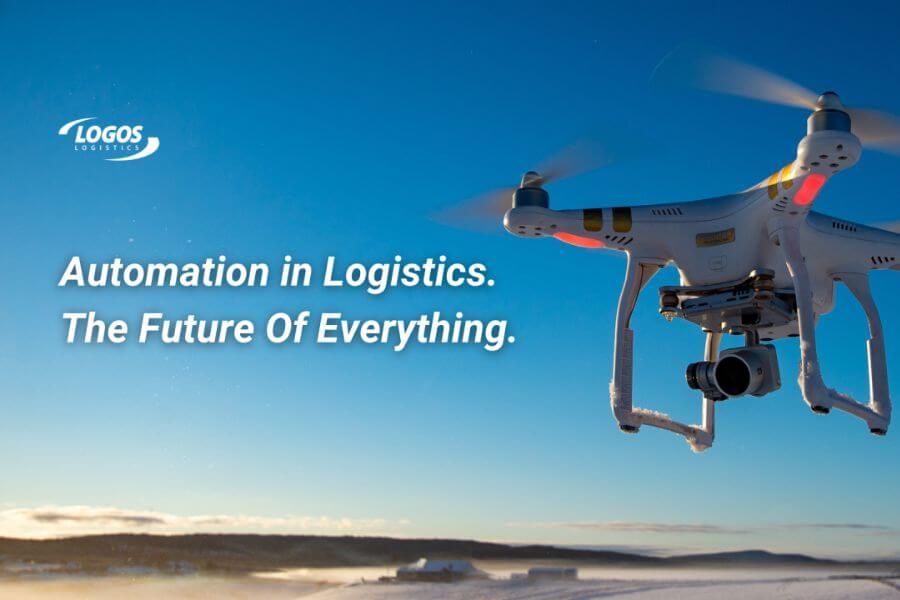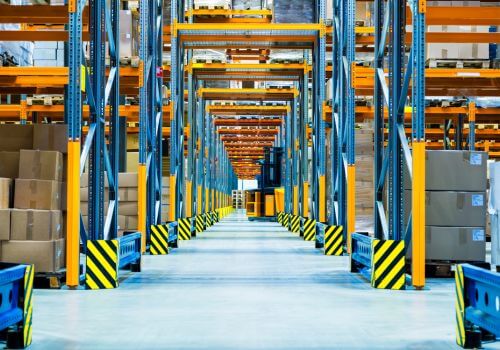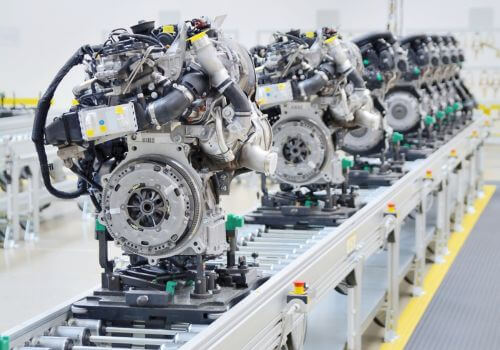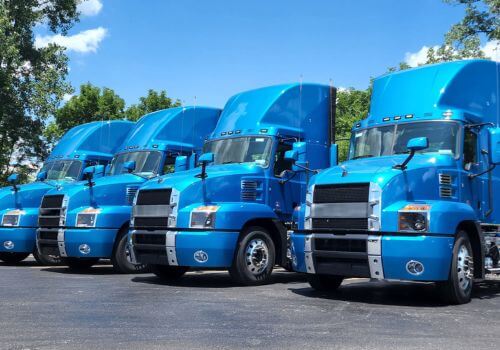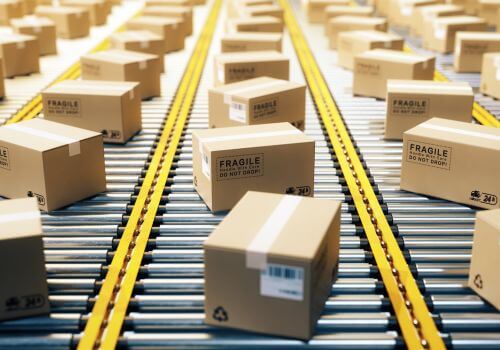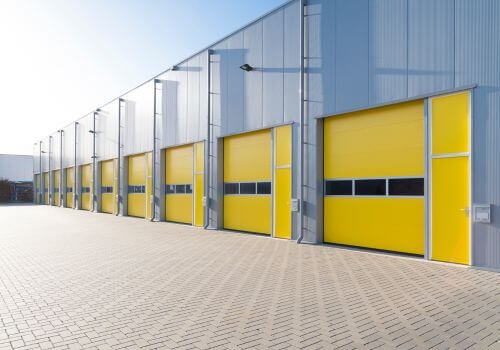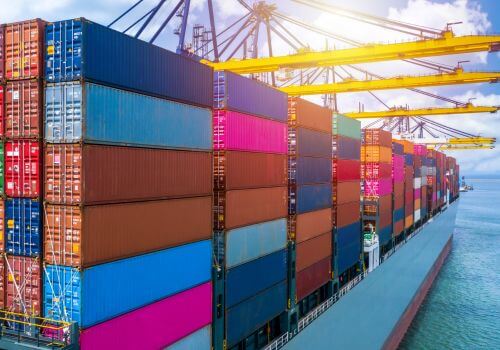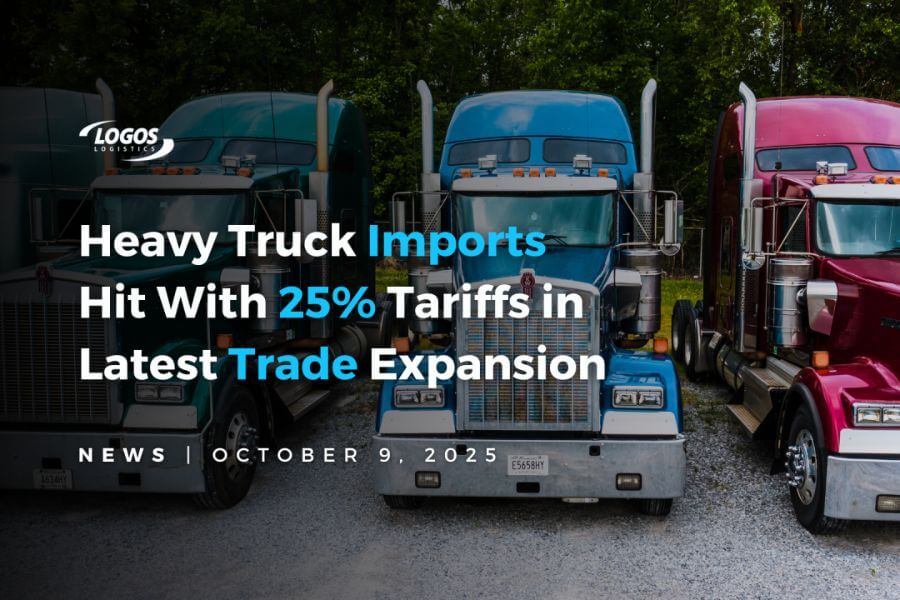>>> Read newsletter on LinkedIn <<<
The logistics industry is at a turning point, leveraging advanced technologies to transform traditional operations into highly efficient, data-driven systems. A key driver of this transformation is automation. From warehouse operations to last-mile delivery, automation is not only enhancing efficiency but also reshaping the logistics landscape to meet modern demands.
Revolutionizing warehousing
Automation within warehousing is a critical focus area. Advanced robotics now handle tasks that were once manual, such as picking and packing, inventory management, and loading and unloading goods. These robotic systems are increasingly intelligent, capable of navigating large warehouses with precision and efficiency. As noted by industry leaders, the integration of AI with these robotic systems allows for real-time decision-making and operational adjustments, significantly reducing error rates and improving productivity.
Transforming last-mile delivery
Perhaps the most visible sign of automation in logistics is in last-mile delivery. Autonomous delivery vehicles and drones are becoming more prevalent, driven by the need to reduce costs and improve delivery speed. These technologies are particularly effective in urban areas where traffic congestion can delay deliveries. Companies like Amazon and Walmart are at the forefront, experimenting with drones and self-driving vehicles to ensure faster delivery times to customers.
Enhancing supply chain resilience
Automation also plays a crucial role in enhancing supply chain resilience. By automating key processes, companies can quickly adjust to disruptions without significant downtime. Predictive analytics, another facet of automation, helps in forecasting demand and potential supply chain disruptions, allowing companies to be proactive rather than reactive. This capability is vital in a world where supply chain disruptions can have significant economic impacts.
Sustainability and automation
Moreover, automation contributes to sustainability in logistics. Automated systems optimize routes and loads, which can significantly reduce fuel consumption and emissions. Furthermore, electric and hybrid automated vehicles are becoming more common, aligning with global goals for reducing environmental impacts.
The future of automated logistics
As we look to the future, the potential for automation in logistics continues to expand. The integration of IoT devices with automated systems offers even greater efficiency and control, providing real-time data that can streamline logistics operations from warehouse to delivery. The challenge for logistics providers will be to balance the cost of advanced technologies with the benefits they provide, ensuring that automation is a profitable and sustainable investment.
Automation in logistics is not just a trend but a fundamental shift in how the supply chain operates. It promises greater efficiency, improved resilience, and enhanced customer satisfaction. As technology continues to evolve, the scope of automation will likely grow, further transforming the logistics industry into a more agile, sustainable, and efficient sector.

